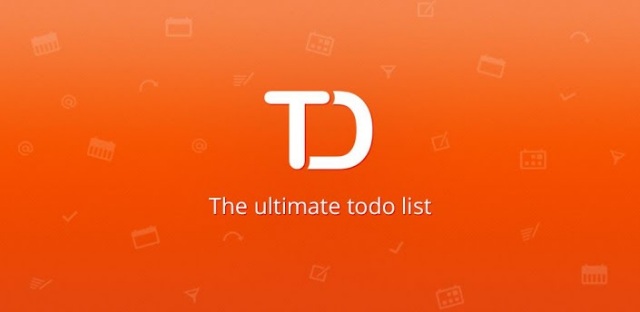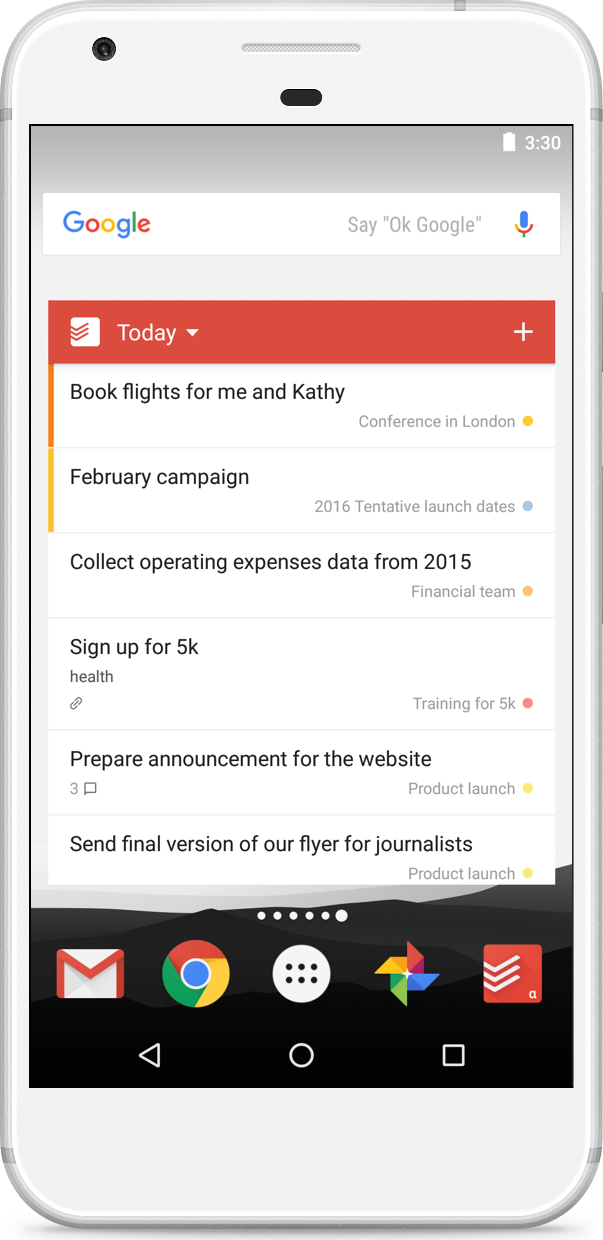
The extension’s name is above the extension’s custom UI.The extension is on the last position within the Task view sidebar.In the Mini view, place integrated extensions above sub-tasksĪs an example, to demonstrate the guidelines above, we designed a mock Timer extension.Here, your extension should display an icon that represents your extension similar to the task attributes. Make sure the extension is compatible with the Mini view of Todoist (when browser width is reduced to a smaller size, the task view design removes the sidebar and stacks task attributes).Browser extensions live in the sidebar,.When adding UIs inside the Task view through a browser extension, consider the following: If you chose to build a browser extension that injects functionality to the Todoist web app, please read through the following guidelines to ensure the best experience for your users.īrowser extensions can integrate into Todoist within the task list and task view. Be it two-way sync with Outlook or building powerful automation workflows, our Sync API is purpose-built for heavy-duty syncing.ĭesigning browser extensions Introduction To build these scenarios, start by getting all of your user's active tasks. Are you building an app that helps people organize their life or work? Tap into your users' existing Todoist tasks and enable them to focus on a single Todoist task at a time or visually organize their day. The Quick Add endpoint is the quickest way to get started with Todoist API! By automatically appending links to your app to the task content, you can help your users find content within your app faster and return more frequently. By leveraging our Quick Add endpoint, enable your users to quickly add new tasks to Todoist via our natural language syntax. Easily create tasks in Todoist within your app.In this section, we'll introduce a few typical examples of integrations built on top of our APIs: You can leverage our APIs in countless ways. They are based on the Todoist REST API, are easily installable from the most popular package registries, and you can view examples of their usage in our documentation's examples section. Our Python and JavaScript Client SDKs simplify working with Todoist data by reducing the complexity of calling the Todoist APIs. Introduce you to using the Sync endpoint to send and receive data. Within the documentation for the Sync API you'll also find a Getting Started tutorial that will This API also contains additional endpoints for areas like account management and less common features that may not yet be implemented Positions in an account's state history using a sync token.

It allows for incrementally sending and receiving account data by identifying
#TODOIST ANDROID FULL#
Local representation of a user's full account data. The Todoist Sync API is used by our web and mobile applications and is recommended for clients that will maintain a If you are totally new to our APIs or even unfamiliar with Todoist Some common flows you'll encounter when developing Todoist applications. We've provided a Getting Started tutorial section within our REST API documentation to introduce you to the API and

The Todoist REST API offers the simplest approach to read and write data on the Todoist web service.įor most common application requirements this is our recommended API for external developers and uses an approach that shouldīe familiar for anyone with experience calling RESTful APIs. We offer two APIs for external developers, providing different models for sending and receiving data. If you are looking for reference documentation for our APIs please proceed to either the REST API Reference or Sync API Reference. Thanks for your interest in developing apps with Todoist! In this guides section we'll provide an overview of the APIs we offer and cover some common topics for application development using our APIs.


 0 kommentar(er)
0 kommentar(er)
